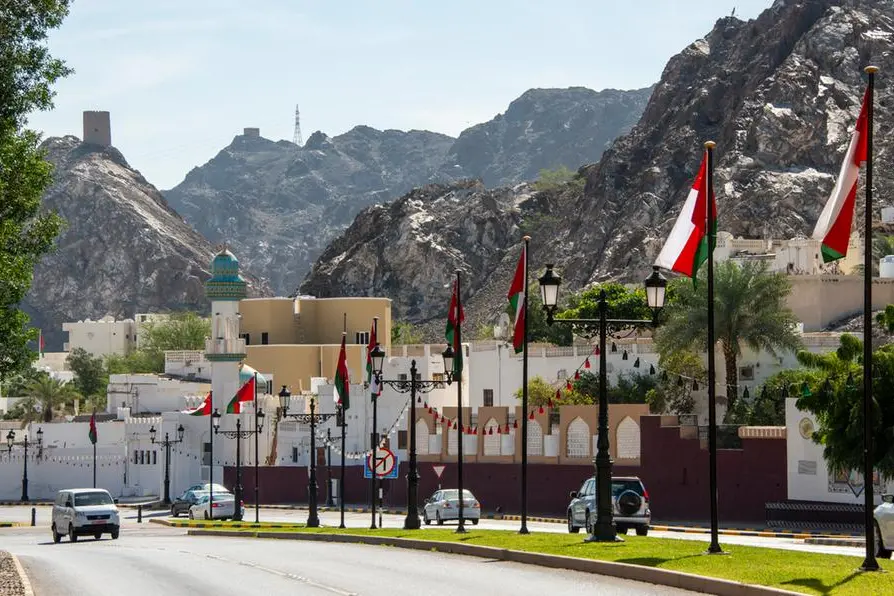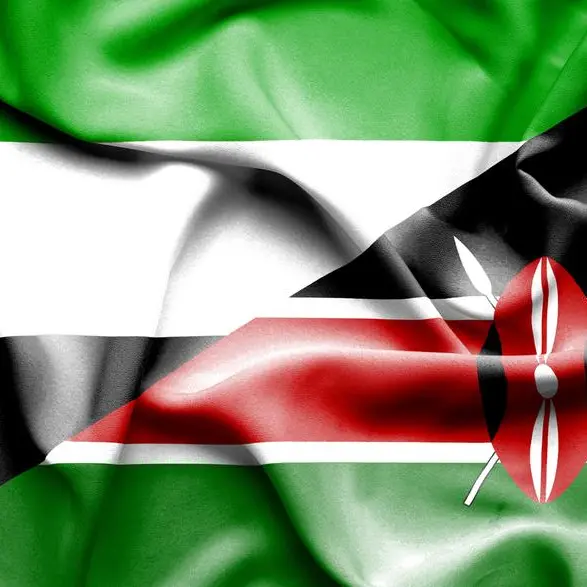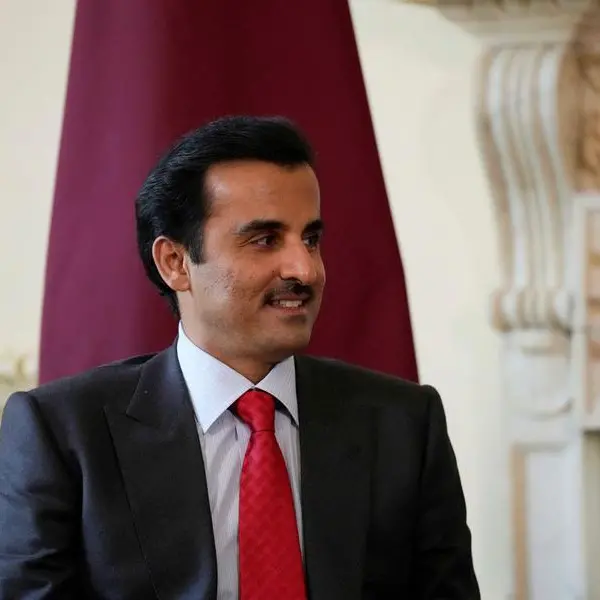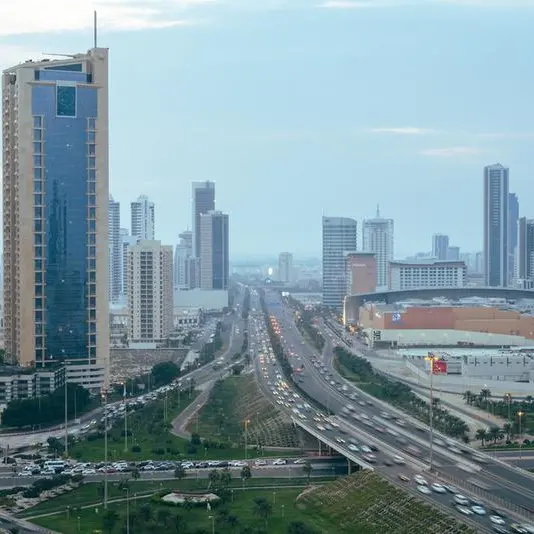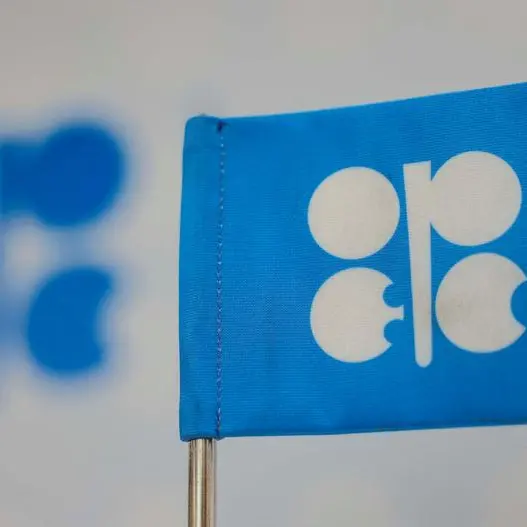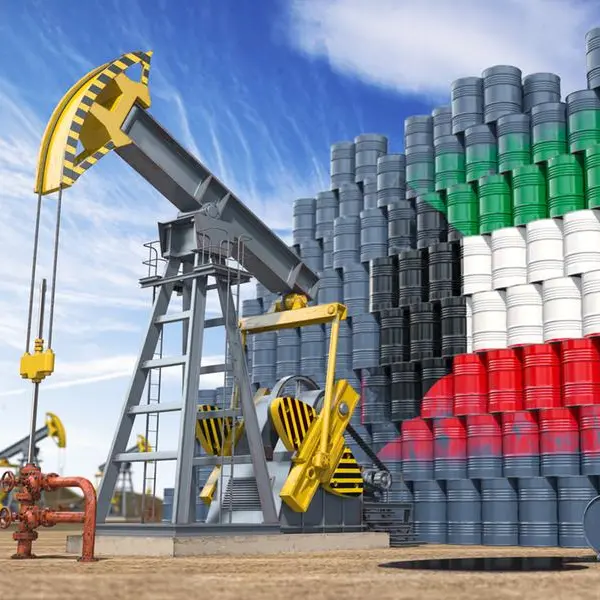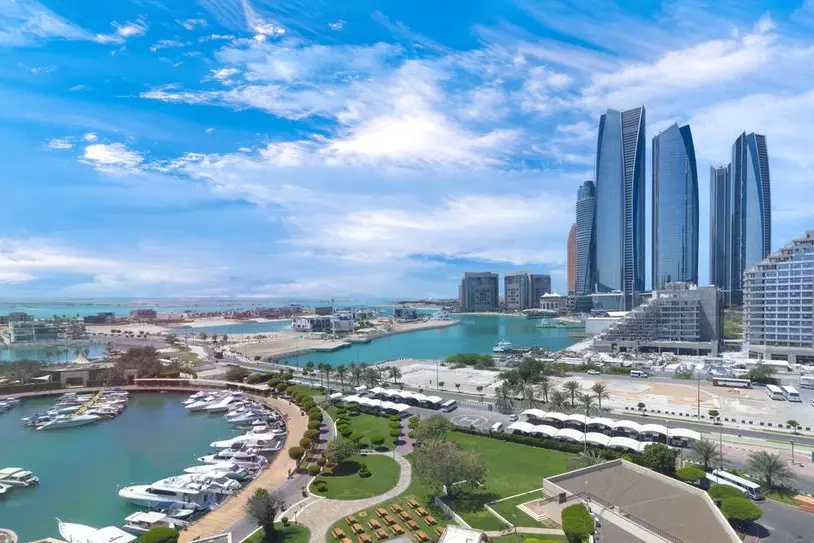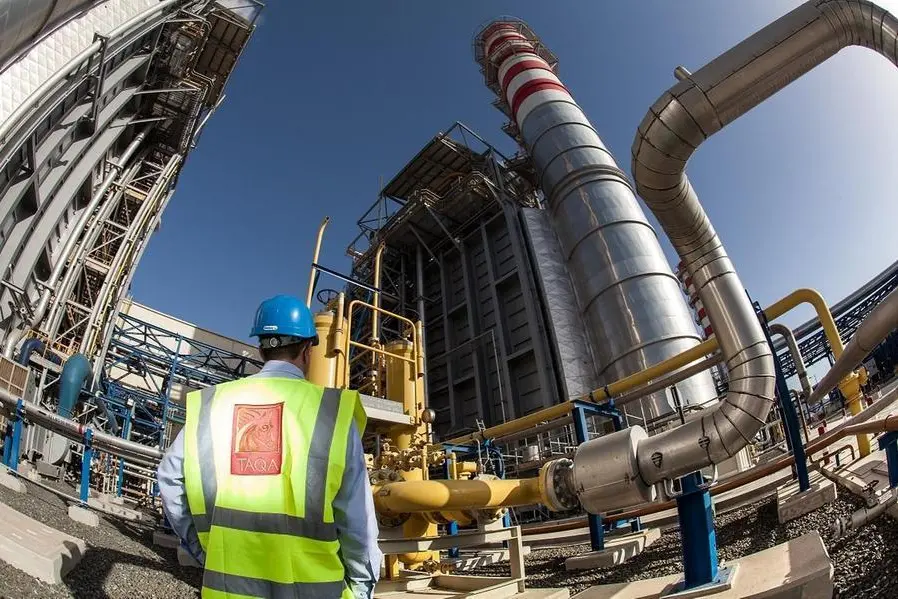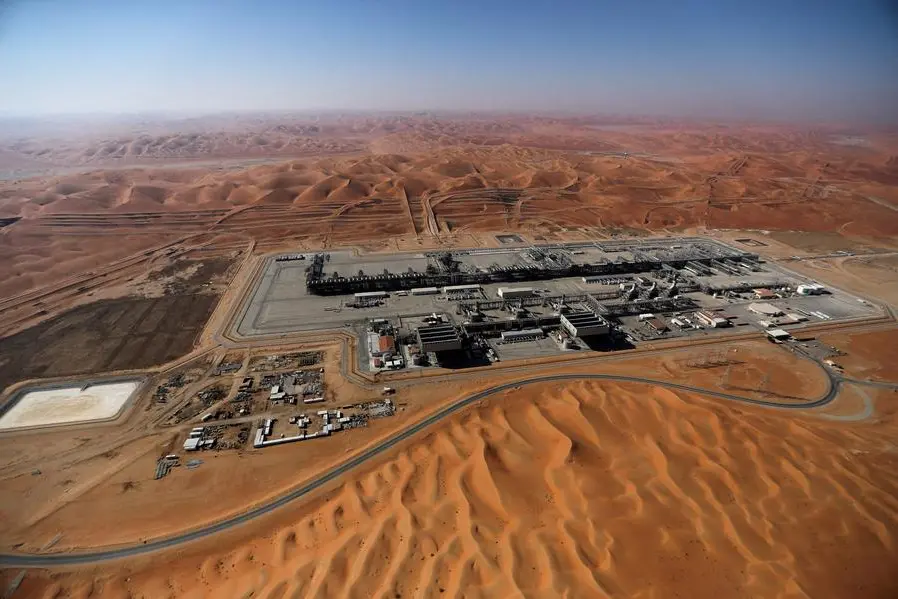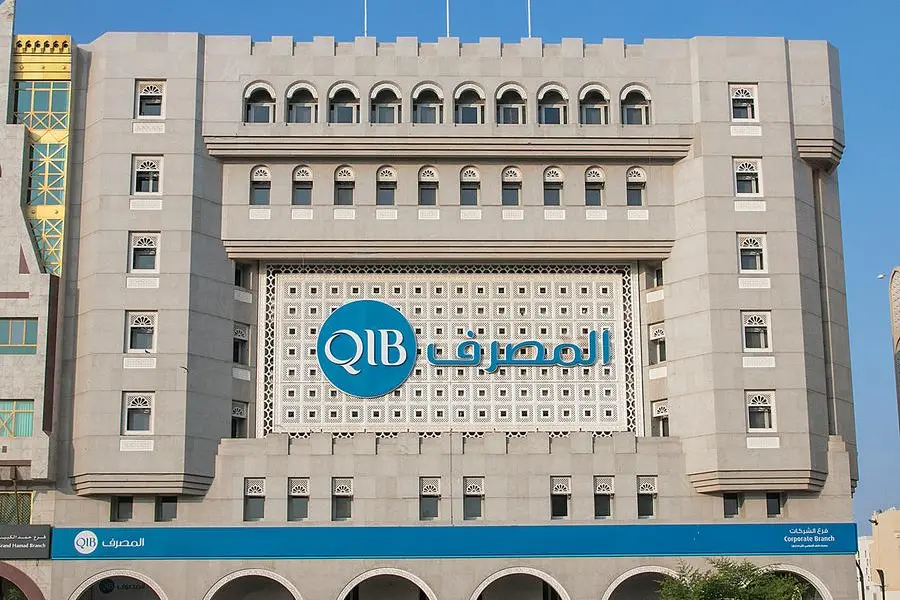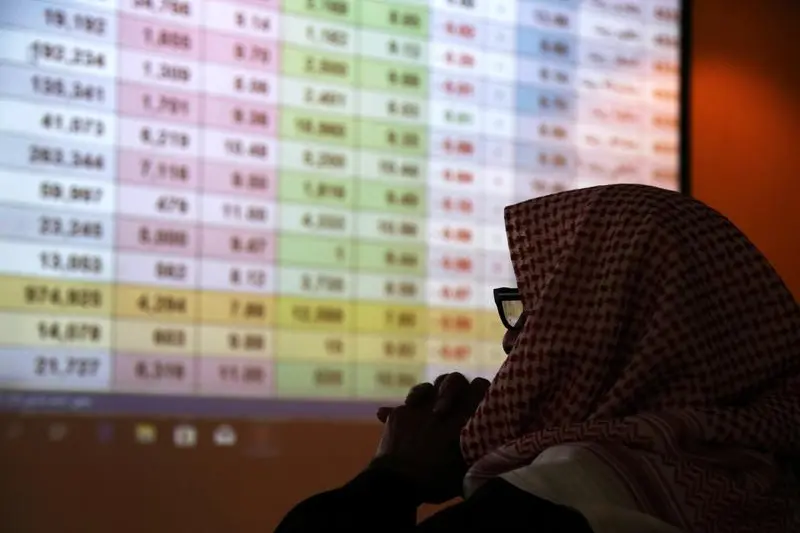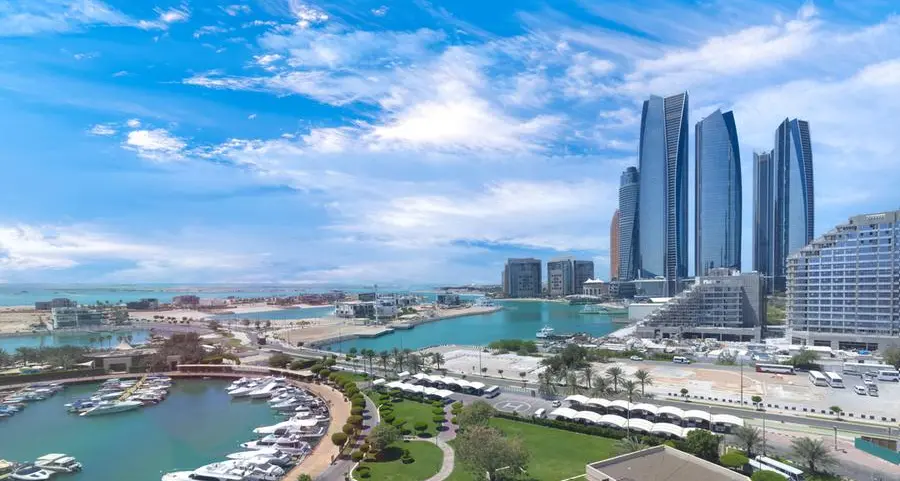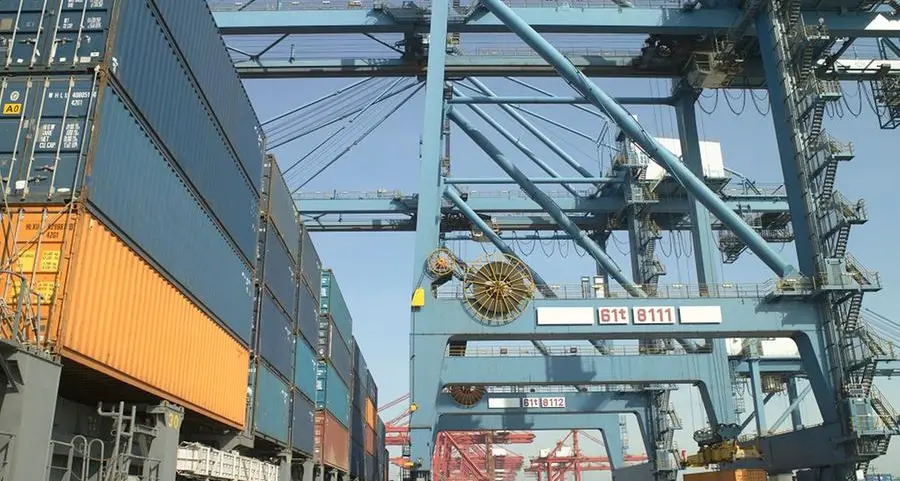PHOTO
Muscat, Oman's port capital, sits on the Gulf of Oman surrounded by mountains and desert. Getty Images Image used for illustrative purpose.
The recently published Macroeconomic Stability Report 2024 by the Central Bank of Oman (CBO) provides a comprehensive analysis of Oman’s economic landscape, showcasing the nation’s resilience and strategic efforts to foster sustainable growth amid global economic uncertainties.
Covering the period from January 2023 to September 2024, the report offers valuable insights into Oman’s fiscal performance, monetary policy, external balance and diversification initiatives, reflecting the country’s unwavering commitment to navigating a rapidly evolving global economy with foresight and stability.
The Macroeconomic Stability Report 2024 highlights Oman’s moderate yet consistent economic growth throughout 2023 and the first half of 2024. Real GDP expanded by 1.2% in 2023, marking a slowdown from the remarkable 8.0% growth achieved in 2022 due to external headwinds and reduced hydrocarbon output.
Encouragingly, the first half of 2024 showed improvement, with real GDP growing by 1.9% year-on-year, primarily driven by non-hydrocarbon (NHC) sectors.
The recent projections show that the outlook for the Omani economy is solid over the medium term and will continue to recover and grow in the coming years, aligning with both national priorities and global economic opportunities.
Nominal GDP, which contracted by 3.6% in 2023 due to declining crude oil prices and reduced hydrocarbon output, rebounded in H1-2024 with a 2.6% year-on-year growth.
This recovery was fuelled by a 3.7% increase in NHC activities. The services sector contributed significantly with a 3.3% growth, while the agricultural and fishing sector posted a notable 6.6% expansion, underlining the effectiveness of Oman’s diversification efforts.
FISCAL DISCIPLINE
The report underscores Oman’s strong fiscal performance, with the nation recording a fiscal surplus of RO 936 million (2.3% of GDP) in 2023, significantly outperforming the budgeted deficit.
This positive momentum continued into H1-2024, with a surplus of RO 391 million (1.9% of GDP) despite global economic challenges. Oman’s prudent fiscal management, coupled with higher-than-expected oil revenues, facilitated a notable reduction in public debt. Public debt declined by 13.2% in 2023, reaching RO 15.3 billion (37.5% of GDP), and further decreased to RO 14.4 billion (33.8% of GDP) by June 2024.
The government’s focus on using fiscal surpluses to repay external debt significantly strengthened Oman’s fiscal position, reducing the external debt-to-current account receipts ratio to 39.2% by mid-2024.
The nation’s fiscal outlook is supported by ongoing reforms, including the Social Safety Net programme and the rationalisation of public spending. These measures strike a careful balance between social welfare needs and long-term fiscal sustainability.
The ongoing efforts to reduce public debt and diversify government revenue sources further highlight Oman’s proactive approach to strengthening its economic foundation. Recent series of upgrades in the country’s credit rating reflects growing confidence in its economic policies and fiscal reforms.
ECONOMIC DIVERSIFICATION EFFORTS
The Macroeconomic Stability Report 2024 emphasises Oman’s ongoing efforts to diversify its economy away from hydrocarbon dependency. In 2023, NHC GDP grew by 1.3%, with growth accelerating to 3.7% in H1-2024.
Key sectors, notably services, agriculture and fishing, demonstrated resilience and were instrumental in driving GDP growth.
Aligned with Oman Vision 2040, the government’s diversification agenda aims to expand NHC sectors and reduce economic vulnerability to oil market fluctuations.
Despite a decline in crude oil prices — averaging $82.3 per barrel in 2023 compared to $95.4 in 2022 — Oman’s NHC sectors played a pivotal role in stabilising the economy and supporting growth.
Despite lower average prices of Oman crude oil in 2023 and 2024, relative to 2022, Oman’s diversification efforts continue to mitigate risks associated with oil price volatility, underscoring the importance of accelerating investments in non-hydrocarbon sectors.
The broader economic forecast reflects optimism. Growth in non-oil sectors, driven by strategic investments and diversification initiatives, underscores the importance of expanding the economic base.
FUTURE OUTLOOK
Despite these positive developments, Oman remains exposed to global oil market volatility.The Macroeconomic Stability Report 2024 emphasises the importance of continuing fiscal discipline, accelerating economic diversification and enhancing non-hydrocarbon exports to ensure long-term economic stability.Projections from the Central Bank of Oman suggest a solid medium-term outlook, with continued GDP growth driven by NHC sectors. The government’s commitment to fiscal sustainability, coupled with strategic investments and reforms, positions Oman to navigate future economic challenges effectively.
2022 © All right reserved for Oman Establishment for Press, Publication and Advertising (OEPPA) Provided by SyndiGate Media Inc. (Syndigate.info).
